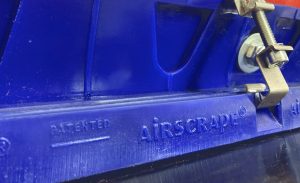ASPASA, the surface mining industry association, has published, under their Best Practices Guidelines series, the Driver’s Handbook – a guide which ensures that drivers have all the information at their fingertips.
While navigating the routes and roads, every driver needs a companion to help them keep safe, maintain professionalism and ensure continued commitment to Vision Zero.
“The handbook, which is free to all ASPASA members, is a comprehensive manual detailing necessary guidelines to ensure working drivers understand and manage the risks faced and created while they drive and operate these vehicles for work. These include the drivers’ conduct prior to embarking on their journeys, while they are on the roads as well as what to do when the vehicle is stationary for whatever reason,” explains ASPASA director, Nico Pienaar.
“This guidance document provides information on the main risks that working drivers may encounter as part of their day to day duties in our industry relevant to the type of vehicle that they drive and operate,” he adds.
ASPASA and its members have committed to Vision Zero – to ensure that everyone goes home safe every day. Vision Zero is built around eliminating the causes of ‘The Fatal 6’ – which refers to high consequence hazards which include road traffic accidents. The strategy is to focus on these hazards in the work environment and through a wide range of measures to achieve zero serious incidents or fatalities.
“This handbook will help you work with your employer to avoid preventable incidents and injuries to yourself and other people when driving for work. It should be used with your employer’s driving for work policies and procedures,” concludes Pienaar.





